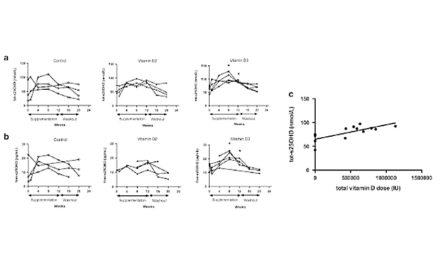Punicalagin Protects Diabetic Nephropathy by Inhibiting Pyroptosis Based on TXNIP/NLRP3 Pathway
Xin An, Yahui Zhang, Yuan Cao, Jihua Chen , Hong Qin and Lina Yang *
Xiangya School of Public Health, Central South University, Changsha 410128, China; 2501130307@csu.edu.cn (X.A.); yahuizhang@csu.edu.cn (Y.Z.); caoyuan2017@csu.edu.cn (Y.C.); chenjh@csu.edu.cn (J.C.); qinhong@csu.edu.cn (H.Q.)
* Correspondence: ylnly1997@csu.edu.cn; Tel.: +86-0731-84805464
Received: 15 April 2020; Accepted: 20 May 2020; Published: 22 May 2020
Abstract
Diabetic nephropathy is a diabetic complication caused by chronic inflammation. As the primary polyphenol in pomegranate, punicalagin is believed to have significant anti-inflammatory properties. In this study, we established a mice model for diabetes induced by high-fat diet (HFD)/streptozotocin (STZ) to verify the protective effect of punicalagin in vivo. The results show that the blood urea nitrogen (BUN), serum creatinine (CREA), and the urine albumin to creatinine ratio (UACR) were significantly decreased in diabetic mice after punicalagin intervention, and the symptoms of glomerular interstitial hyperplasia and glomerular hypertrophy were alleviated. Pyroptosis is an essential manner of programmed cell death in the inflammatory response; the expression of pyroptosis-related proteins such as interleukin-1 (IL-1β), cysteinyl aspartate-specific protease-1 (caspase-1), gasdermin D (GSDMD), and nucleotide-binding oligomerization domain, leucine-rich repeat and pyrin domain containing protein 3 (NLRP3) was decreased in our study, which proved that the administration of punicalagin for eight weeks can significantly inhibit pyroptosis in mice. In addition, punicalagin reduced high glucose-mediated protein expressions of nicotinamide adenine dinucleotide phosphate (NADPH) oxidase 4 (NOX4) and alleviated mitochondria damage. Low expression of NOX4 inhibits the dissociation of thioredoxin (Trx) and thioredoxin interacting protein (TXNIP) and the suppression of NLRP3 inflammasome activation. To summarize, our study provided evidence that punicalagin can alleviate diabetic nephropathy, and the effect is associated with downregulating the expression of NOX4, inhibiting TXNIP/NLRP3 pathway-mediated pyroptosis, suggesting its therapeutic implications for complications of diabetes.
Keywords: punicalagin; diabetic nephropathy; pyroptosis; TXNIP; NLRP3 inflammasome







